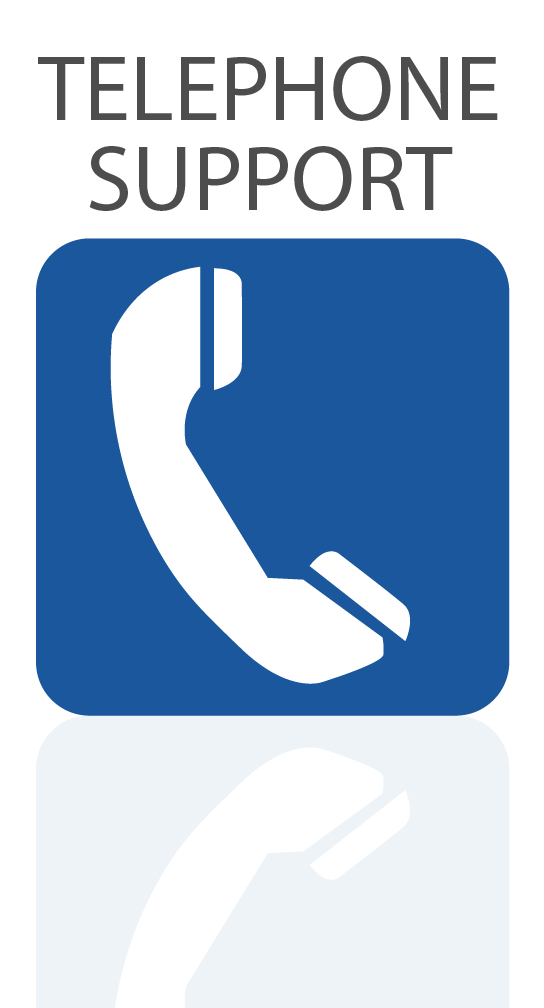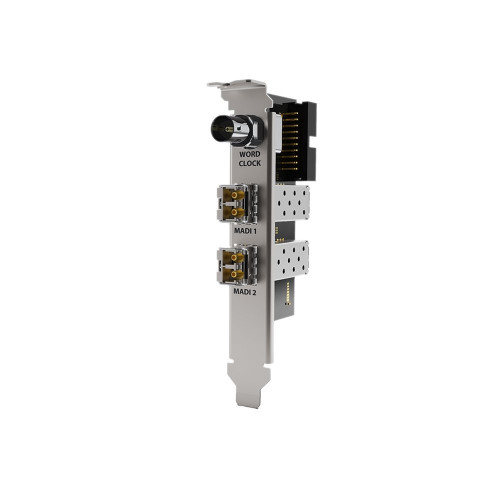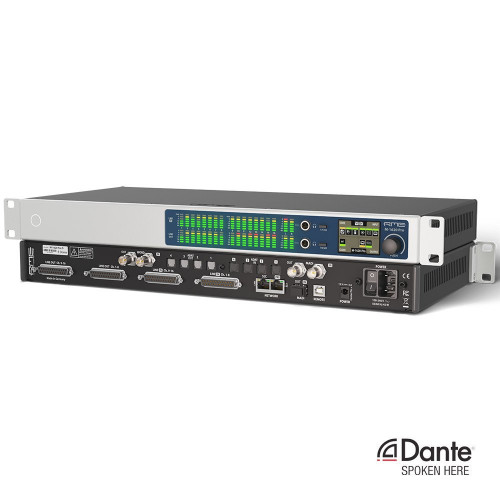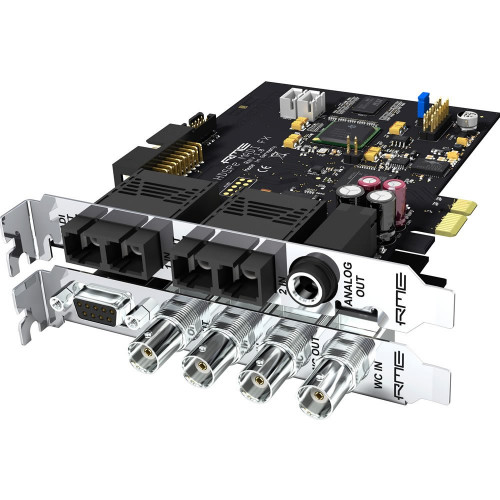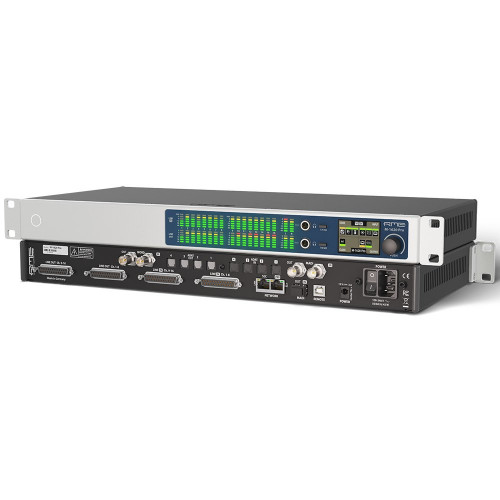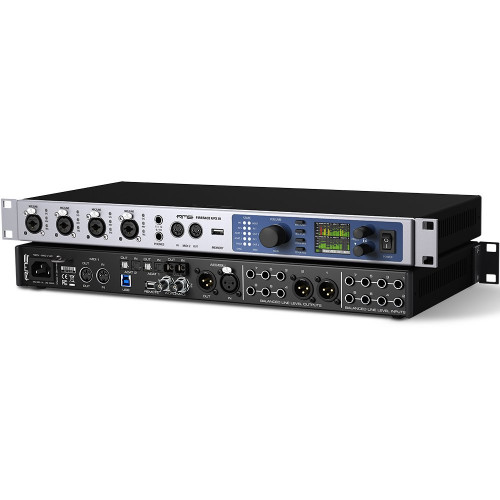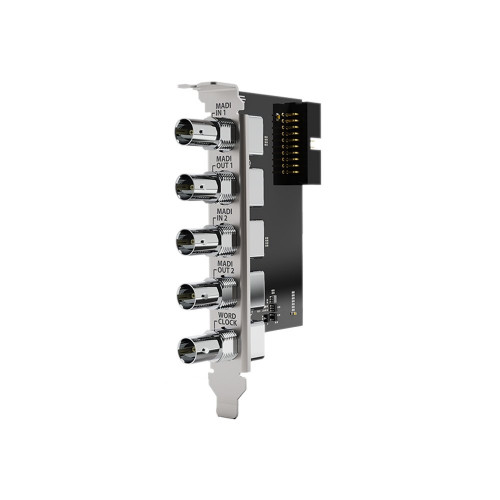RME I64 MADI Card
Optional I64 MADI Card
For adding/extending MADI capabilities of the following RME products;
Description
Optional I64 MADI Card for RME Micstasy
The I64 MADI Card provides the Micstasy with a 64-Channel MADI input and output. Coaxial and optical output operate in parallel to the AES/EBU and ADAT output, therefore deliver the same data.
The I64 MADI Card features an optical as well as a coaxial MADI input. The input is switched automatically, according to where a valid input signal is detected. Full redundancy is ensured by the automatic input switching, immediately changing to the other input in case of loss of the input signal.
The MADI input will operate as an optional clock source (Clock section, OPTN) as well as a thru-input. Since each Micstasy uses only 8 channels, up to 56 channels can be passed through. This technique is used to serially cascade several Micstasys. Incoming MADI data is passed through unchanged, only one block of eight channels is replaced. This allows up to 8 devices to be connected serially. All 64 combined channels are available at the last device's MADI output.

With an installed I64 MADI Card the Micstasy can be remote controlled via MADI. At the same time MIDI data are transmitted via MADI.
When multiple devices are connected serially, the MADI I/O of each Micstasy causes a delay of 3 samples. Therefore at the MADI output of the last device, the data of all upstreamed devices are delayed. The problem of this offset is solved by the function Delay Compensation.
Using the I64 MADI Card provides the ability of 8 channels being used as digital return path, sending audio via MADI to the Micstasy's ADAT and AES outputs. For example stage and studio monitors can be fed digitally from the Micstasy. On stage the use of an additional D/A-converter (e.g. ADI-8 DS) might be necessary. The MADI output continues to carry the analogue input signals and the fed-through input data.
Optional I64 MADI Card for RME DMC-842
The I64 MADI Card provides the DMC-842 with a 64-Channel MADI input and output. Coaxial and optical output operate in parallel to the AES/EBU and ADAT output, therefore deliver the same data.
The I64 MADI Card features an optical as well as a coaxial MADI input. The input is switched automatically, according to where a valid input signal is detected. Full redundancy is ensured by the automatic input switching, immediately changing to the other input in case of loss of the input signal.
The MADI input will operate as an optional clock source (Clock section, OPTN) as well as a thru-input. Since each DMC-842 uses only 8 channels, up to 56 channels can be passed through. This technique is used to serially cascade several DMC-842. Incoming MADI data is passed through unchanged, only one block of eight channels is replaced. This allows up to 8 devices to be connected serially. All 64 combined channels are available at the last device's MADI output.
With an installed I64 MADI Card the DMC-842 can be remote controlled via MADI. At the same time MIDI data are transmitted via MADI.
When multiple devices are connected serially, the MADI I/O of each DMC-842 causes a delay of 3 samples. Therefore at the MADI output of the last device, the data of all upstreamed devices are delayed. The problem of this offset is solved by the function Delay Compensation.
Using the I64 MADI Card provides the ability of 8 channels being used as return path, sending audio via MADI to the DMC-842's ADAT, AES and analogue outputs. For example stage and studio monitors can be fed from the DMC-842. The MADI output continues to carry the analogue input signals and the fed-through input data.
Optional I64 MADI Card for RME ADI-8 QS
The I64 MADI Card extends the ADI-QS with a 64-Channel MADI input and output and a sophisticated digital patch mode.
The card has an optical and a coaxial MADI input, which is switched automatically according to where a valid input signal is detected. This ensures full redundancy by immediately changing to the other input in case of signal loss. Coaxial and optical output operate in parallel, delivering the same data.
MADI can be used as an optional clock source (Clock section, OPTN), as signal source of the DA-converter, target of the AD-converter, and as digital thru. Since each QS converts only 8 channels, up to 56 channels can be passed through. This technique is used to serially cascade several QS converters. Incoming MADI data is passed through unchanged, only one block of eight channels is replaced. This allows up to 8 devices to be connected serially, with all 64 combined channels available at the last device's MADI output. When multiple devices are connected serially, the function Delay Compensation removes sample offsets between the units.
The QS can also be remote controlled via MADI, and send/receive MIDI data via MADI.
Additionally the I64 card enables a digital patch mode, that allows free routing of all I/Os based on blocks of 8 channels (needs I64 MADI card with Sync LEDs and firmware 3.x or up). In this mode, the 8 analogue channels, AES, ADAT input 1 and 2, and 8 x MADI are available as input sources for the same number of outputs. The unit then works as digital format converter, rebuilds a MADI signal from various sources, inserts, converts and much more at the same time. Please read the QS manual for more detailed information.
Specifications
Product Reviews
Customer Reviews
This item currently has no reviews.

















